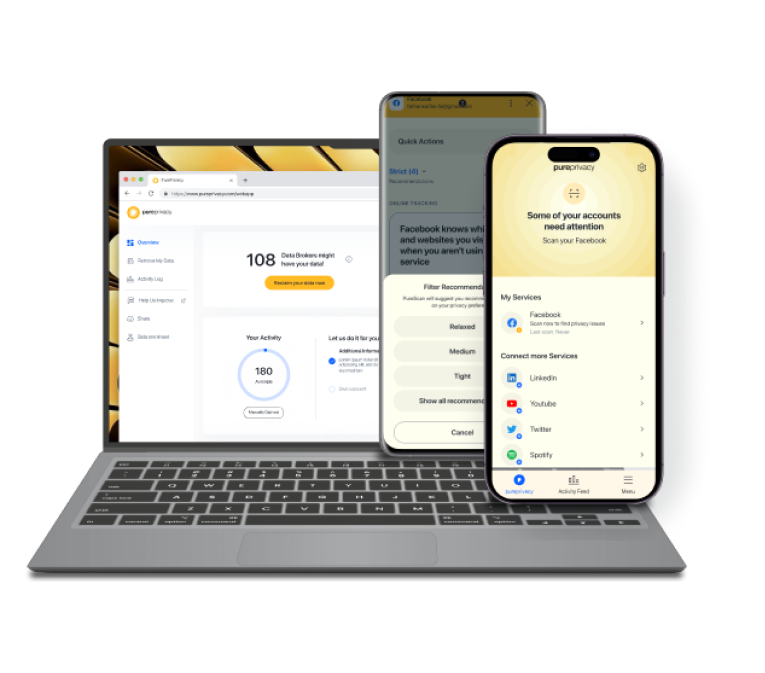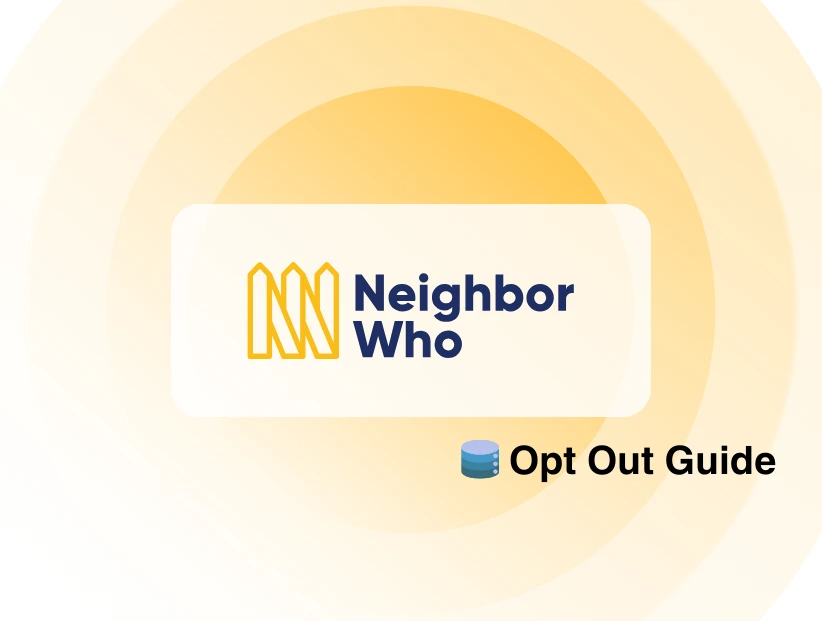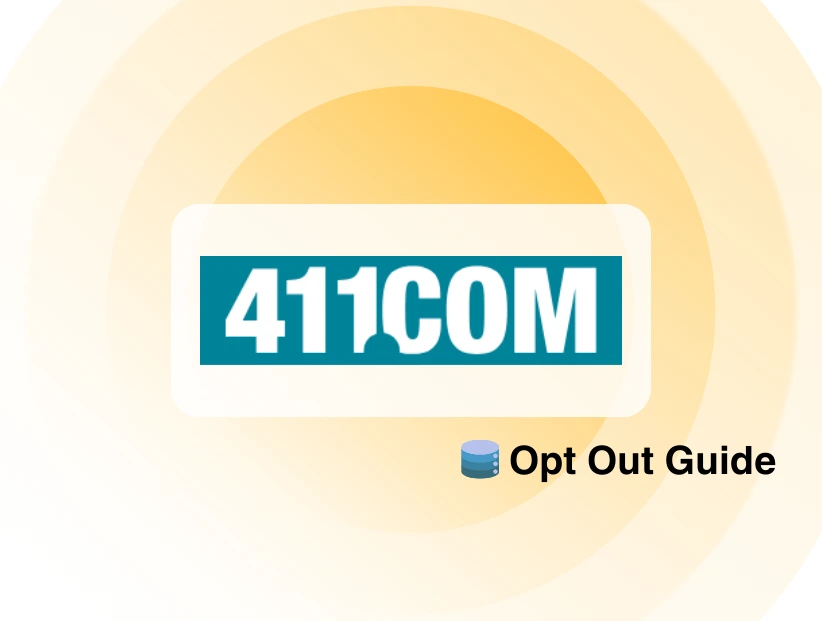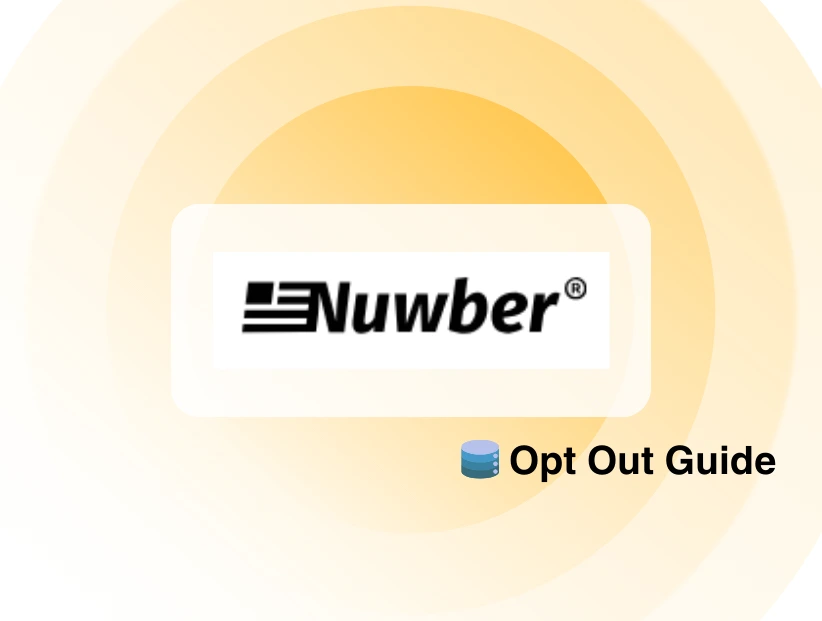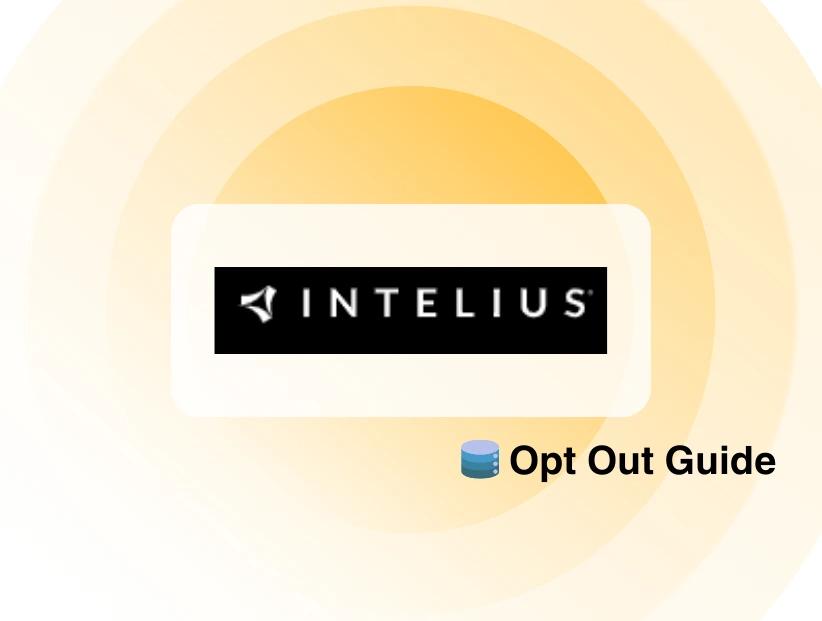Table of Content
- What Happened in the New Snowflake Breach?
- What was the Impact on Snowflake Customers After the Breach?
- Cyberattack Targets Millions of Snowflake Cloud-Based Clients
- What are the Potential Privacy Risks from Exposed Data?
- How to Take Immediate Action in Case of a Data Breach?
- Frequently Asked Questions (FAQs)
- Wrapping Up
Does cloud storage protect your data?
Millions of people are curious about it in the wake of yet another well-publicized data hack that targeted top cloud data platform Snowflake.
The attention of cybercriminals has targeted Snowflake consumers previously as well.
What Happened in the New Snowflake Breach?
Many data breaches using the well-known cloud data platform Snowflake have exposed millions of people's private information. These are not so much an attack on Snowflake's infrastructure as they are the result of compromised user credentials.
Discover if Your Most Critical Identifiers Have Been Exposed on the Dark Web
Receive timely alerts and actionable insights with PurePrivacy's Dark Web Monitoring.
Hackers have gained access to client accounts and their stored data by using stolen login credentials. Around the middle of April 2024, Snowflake began to observe strange activity within its systems. On May 23, 2024, the company formally confirmed possible unauthorized access.
According to investigations, a Snowflake sales engineer's infected computer most likely contributed to the breach. The original point of entry for the attackers may have been the machine's infection with Lumma Stealer, a sort of malware that records keystrokes and other events.
In a document sent to the Vermont Attorney General's Office, Advance Auto Parts states that they learned on May 23 that a third party without authorization had accessed a portion of the information kept in Snowflake, their cloud storage and data warehousing provider.
“We began an investigation to determine the nature and scope of the incident with the support of third-party experts and took measures to contain the incident and terminate the unauthorized access.”
What was the Impact on Snowflake Customers After the Breach?
The attacks have exposed customer data, including Social Security numbers, driver's license details, and financial information, to well-known corporations including Ticketmaster, Santander, and Advance Auto Parts.
Since Snowflake revealed the breach in a blog post on May 30, stating:
"We became aware of potentially unauthorized access to certain customer accounts on May 23, 2024," this is the most serious case in point. Snowflake hired Mandiant, an Alphabet subordinate, and cybersecurity software provider CrowdStrike to assist in the investigation.
Last month, Mandiant stated in a blog post that 165 "potentially exposed organizations" had been informed of the incident by the company and Snowflake through their "Victim Notification Program."
Cyberattack Targets Millions of Snowflake Cloud-Based Clients
Although Snowflake insists that its platform is secure, the hacks highlight how crucial it is for its users to follow strict privacy rules.
30 million customers are allegedly impacted by the reported Santander Bank hack that occurred during the Snowflake incident. Meanwhile, 560 million people may be impacted by the Ticketmaster hack.
More than 500 instances of demo environments were found in the stealer logs connected to the hacked Snowflake account, according to reports.
Importantly, security researcher Kevin Beaumont reported on Mastodon that the use of Snowflake has caused cybersecurity problems for six big companies, suggesting a wider impact.
Btw, it wasn’t AT&T that got hacked. It was a Cloud service they were using called “Snowflake”, and they got in because Snowflake only used username & password to protect all their data.
— Maw (@TheEbonyMaw) July 12, 2024
Here’s some other companies that use Snowflake btw. Just a heads up. pic.twitter.com/VT1HXuknkH
What are the Potential Privacy Risks from Exposed Data?
The sensitive nature of the data frequently kept in this cloud-based data platform makes Snowflake data breaches extremely risky for privacy. So following are the risks associated with privacy:
Exposing the Data Directly
Identity theft, financial fraud, and harm to one's reputation can result from the disclosure of personally identifiable information (PII), which includes names, addresses, social security numbers, financial information, and health records.
Stealing Intellectual Property
Trade secrets, confidential knowledge, and sensitive corporate data can all be stolen, providing rivals with an unfair advantage.
Customer Data Breach
If a company's customer data is compromised, it may face legal ramifications, damage to its brand, and increased customer drop-offs.
Credential Stuffing
By gaining access to other accounts using Snowflake credentials that have been made public, a chain reaction of breaches can occur.
Data Exfiltration
Because of Snowflake's high-performance capabilities, attackers may effectively extract massive volumes of data once they get access.
Supply Chain Attacks
Breachable Snowflake accounts may serve as an entryway for intrusions into other systems inside a company.
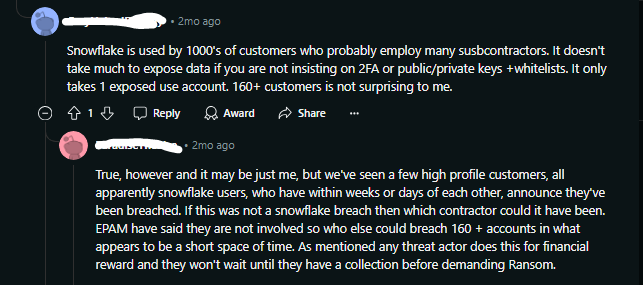
How to Take Immediate Action in Case of a Data Breach?
Snowflake wrote in the post:
"We're taking steps to promote individual compliance for Snowflake users to help drive MFA adoption."
MFA is widely regarded as the cybersecurity industry standard. The implementation of it is highly suggested by experts to protect consumers from potential risks. Failure to do so might result in a significant vulnerability in defenses, which attackers can simply exploit.
Here are the immediate actions that you should take to mitigate potential damage.
- For advancements, keep an eye on official Snowflake communications and dependable news sources.
- Determine the kinds of information that are kept in your Snowflake environment and assess the possible consequences of a data breach for your company.
- All Snowflake accounts, including administrator and user accounts, should have their passwords changed right away.

- Check the accuracy of your backups of Snowflake data. Test the methods you use for data recovery. Think about other backup techniques, such as offline backups.

- Seek legal advice to make sure you understand your responsibilities. Observe all applicable rules and regulations on data protection.
- Use threat intelligence streams to keep abreast of impending assaults. Keep an eye out for indications of network compromise.
- Examine the security protocols of outside companies that have access to your Snowflake information. Demand robust security protocols from your suppliers.
Monitor the Dark Web 24/7
You can relax knowing that the dark web is continuously monitoring your personal information for disclosure. If any of your data is compromised, PurePrivacy notifies you right away so you can take appropriate action.
Get Risk Score for Data Brokers
Determine the possible threats to your privacy by evaluating the data that different data brokers have on you. You can prioritize your data protection actions with the use of PurePrivacy's transparent risk score.
Auto-Delete Search History
Regain control over your internet behavior by having your search history automatically deleted. Easily protect your privacy and stop unauthorized tracking.
Block Internet Trackers
Choose which trackers to allow or disable to personalize your online experience. With PurePrivacy, you can be very specific about who can gather your data and still have a safe and customized online experience.
Frequently Asked Questions (FAQs)
-
What is the 2024 huge breach of data?

In the Snowflake breach, an estimated 560 million Ticketmaster records were stolen. One of the biggest breaches of the year quickly emerged from a series of data thefts from the cloud data giant Snowflake, which was made possible by the enormous amounts of data that were stolen from Snowflake's business clients.
-
Why did the Snowflake data leak occur?

Attackers exploiting credentials that had already been compromised created the incident. The absence of network-allow lists, out-of-date passwords, and missing multifactor authentication made it possible for hackers to take advantage of lax security procedures and obtain sensitive data without authorization.
-
Is Snowflake safe?

Since its inception, security has been the cornerstone of the Snowflake platform. Our strong security features assist you in securing your info so you can get the outcomes you require. We have placed the security of our client's data as our top concern ever since our start in 2012.
-
Why is Snowflake having difficulties?

In addition, growth rates decreased, and in April there was a security incident at the organization. Over the following 12 months, these difficulties may cause further reductions in the Snowflake stock. But it has recovered from its 52-week low recently, which may make investors wonder if it can continue to rise over the coming year.
Wrapping Up
The recent Snowflake data leak highlights how crucial it is to have strong cybersecurity safeguards. Even though Snowflake's systems were safe, the incident shows how vulnerable businesses that depend on outside cloud services are and how important multi-factor authentication and strict access controls are.

